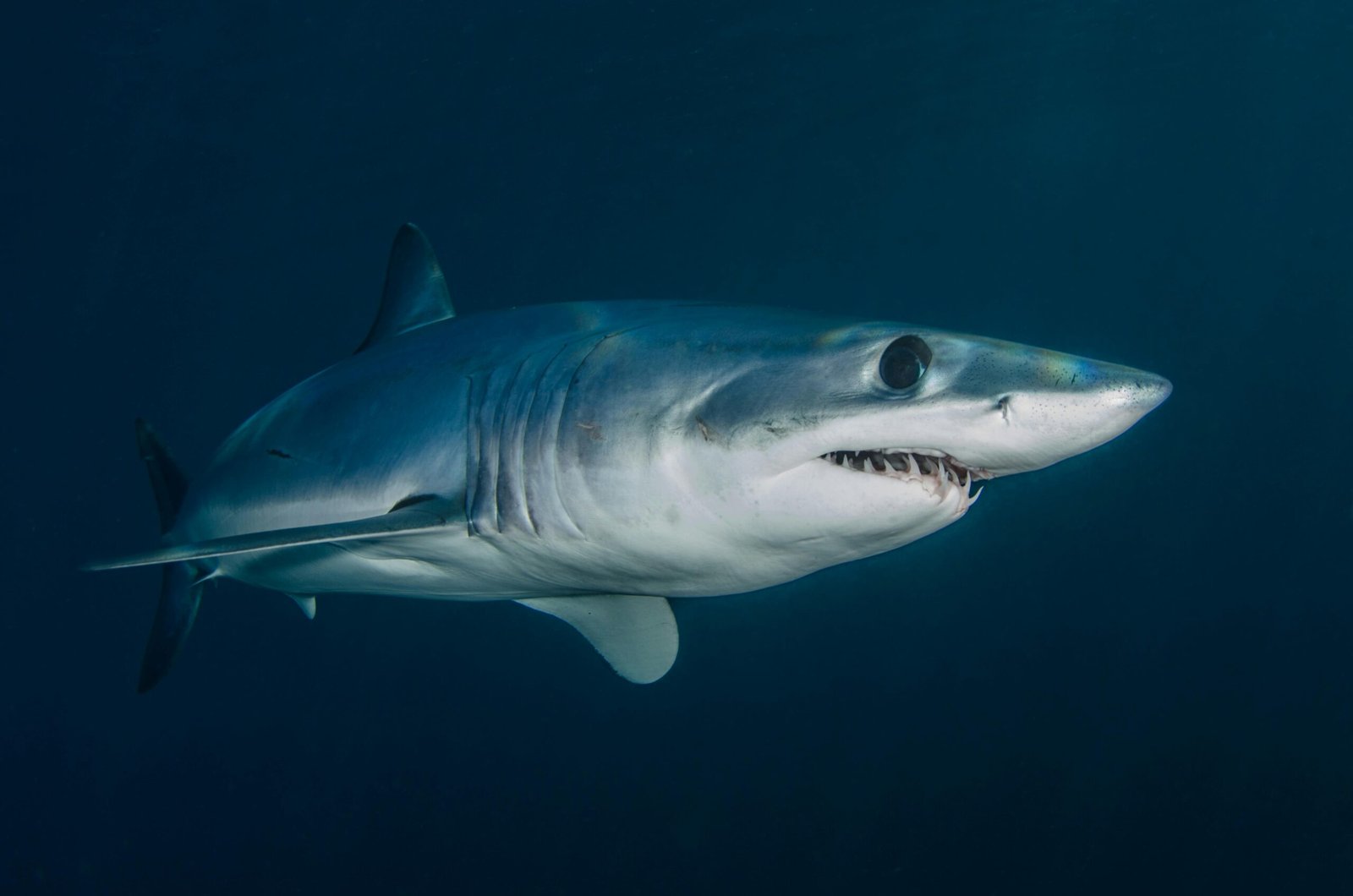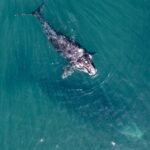
One of the two tracking tags attached to a pregnant porbeagle shark unexpectedly surfaced near Bermuda just weeks before she was scheduled to deliver. Marine scientists had expected it to be submerged for several months, as this device was designed to last about a year.
The tag was attached to the 7-foot shark 158 days before when an ultrasound was conducted on it off Cape Cod, Massachusetts in October of 2020 onboard a boat.
According to Brooke Anderson, a former shark researcher at Arizona State University, the appearance was also alarming since it was intended to remain submerged for longer
Malfunctioning Device
Another tracking device that should have sent a signal up when the shark’s fin broke the surface had been knocked out.
Abnormal Data Findings
Initially, the data received from the recovered “pop-off” tag indicated typical depth and temperature regimes for the species. More importantly, the data quickly began to show anomalous temperature spikes as deep as 600 meters, and those that occurred contradicted known behaviors of the shark.
All of that pointed to that shark being ingested, Anderson said “All evidence suggested the shark had been consumed,”
Predator Identification
The researchers concluded that the device had spent at least a few days inside another animal’s stomach. Their study, published in Frontiers in Marine Science, is the first documented evidence that a porbeagle shark has been preyed upon by a larger predator.
The researchers narrowed down the list of potential predators to large, warm-blooded sharks by looking at temperature readings in the tag. Mammals like orcas are ruled out because of their dissimilar temperature profiles. They zeroed in on larger endothermic sharks with the ability to maintain higher temperatures.
It was most likely a white shark, the researchers concluded, or a shortfin mako shark. “It was probably a large female white shark at least 15 feet in length,” Anderson speculated.
Research Objectives and Methods
It was believed previously that porbeagle sharks have almost no predators. Researchers have already finished the monitoring of pregnant porbeagles just to be able to provide an understanding of their natal assemblages.
The team tagged across two seasons of the Atlantic eleven porbeagles. Of these, eight were pregnant. They methodically carried out the process of tagging with the intensity of a high-speed pit crew operation but with the soothing effect of being anesthetized in aerated saltwater covered eye with wet towels. Implications for Marine Science This is an unexpected discovery on predation. Further study regarding the predator-prey dynamics in the deep ocean would be required.
According to Matt Davis, the marine resource scientist not involved in this research, he thinks the proof is realistic and indicative of the complexity of marine life. Currently, porbeagles are considered vulnerable by the International Union for Conservation of Nature due to their massive overfishing, which dwindled the population dramatically towards the early 2000s.
The population is still recovering, and complete recovery would take decades to go by, as these sharks live a pretty long time and do not reproduce much. “We need to keep monitoring these sharks to determine how often such attacks happen,” Anderson said. “Losing one important reproductive female and her developing pups in one event could have significant implications for the population. Knowing the frequency and magnitude of such events is important to ensuring recovery for the species.”.
For more news and articles Click here




